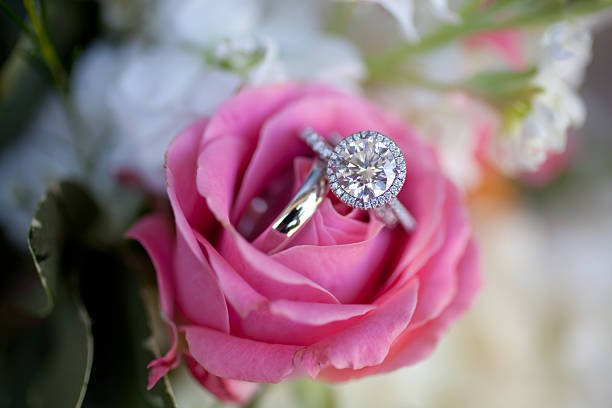The Difference Between Purple Sapphire & Amethyst All Entries

Whether you're shopping for jewelry or selling some, you might be wondering what the difference is between purple sapphire and amethyst. They look remarkably similar, but these two gems are nothing alike. In fact, they aren't even from the same family of gemstone. Amethyst is considered a type of quartz, and purple sapphire is a member of the corundum family. Other differences between amethyst and purple sapphire include:
Hardness
On the hardness scale (also known as the MoHs), the purple sapphire scores 9 out 10. The only gem that is stronger than a purple sapphire is a diamond. The amethyst is significantly softer -- it only comes in at a 7. While both of these gemstones can scratch window glass, if you put quartz up against a purple sapphire and an amethyst, the purple sapphires will be untouched.
Chemical Structure
All sapphires are made up of aluminum oxide, and the color variant in purple sapphires contains either vanadium or chromium atoms. On the other hand, amethyst is made up of silicon dioxide or silica.
Brilliance
Brilliance refers to the amount of light that is returned from the gem, and purple sapphires outscore amethysts on this scale just like they do on hardness. Their refractive index ranges from 1.762 to 1.778 brilliance. In contrast, amethysts only have a refractive index of 1.544 to 1.553. This means that purple sapphires have a more brilliant shine than amethysts -- so much more that the difference is obvious even to the naked, untrained eye.
Color Variations
While both amethysts and purple sapphires can satisfy someone who loves a purple gemstone, the variations between their shades is another way in which they differ.
Purple sapphires tend to come in 3 different shades: a deep purple, almost violet-blue variation; a purple grape variation with undertones of gray; and a lavender purple.
Amethysts also come in deep purple and lavender purple variations, but they do not have a purple grape variation. Instead, they come in a merlot purple with burgundy undertones. Amethysts also come in much lighter colors -- so light that they don't even look like an amethyst, including a very light, pinkish-purple hue.
Rarity Of The Gems
Quartz, the family of gemstone that includes amethyst, is one of the most common minerals in the world, and it can be found in locations across North America, Europe, South America and Asia. The purple sapphire occurs in fewer regions and because of that, it's considered a rarer gem.
This difference leads to another significant difference between amethysts and purple sapphires: cost. Semi-precious amethyst gems are significantly more affordable than purple sapphires, even if they are larger in size.
If you are interested in selling your used jewelry or have questions, visit Ralph Mueller & Associates or call 480.949.9229.